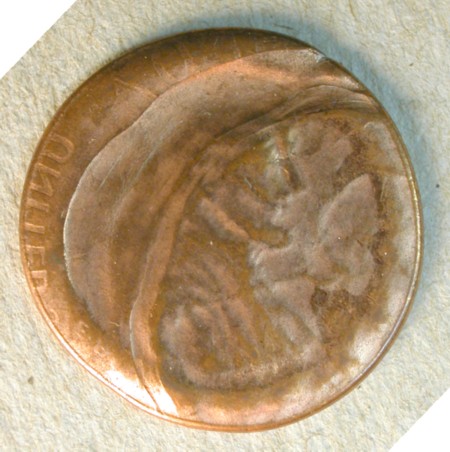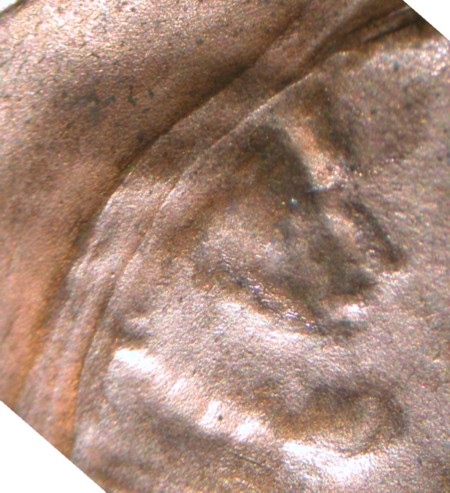Part VI. Striking Errors:
Capped Die Strikes:
Capped Die Doubling:
Raised Doubling
Definition: Capped die strikes sometimes develop patterns of raised doubling that are rather difficult to understand. They can be quite variable in appearance.
One form of raised doubling seen in capped die strikes has been given the name “expansion ripples”. It takes the form of one or two offset raised outlines that parallel large, centrally-located design elements, like busts.
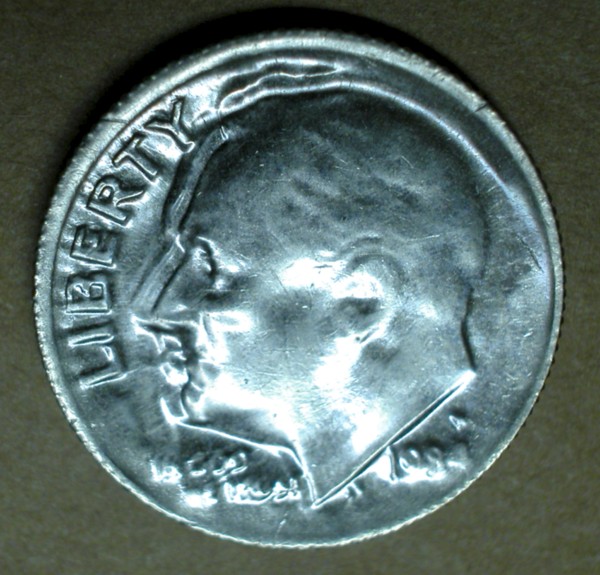
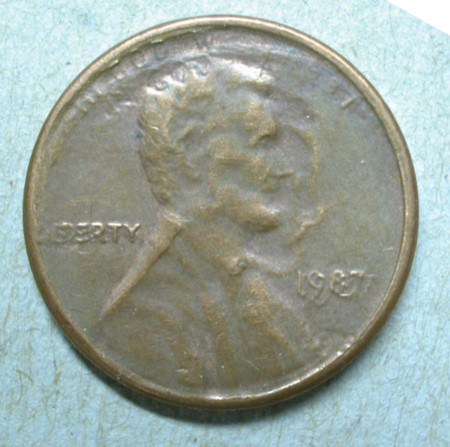
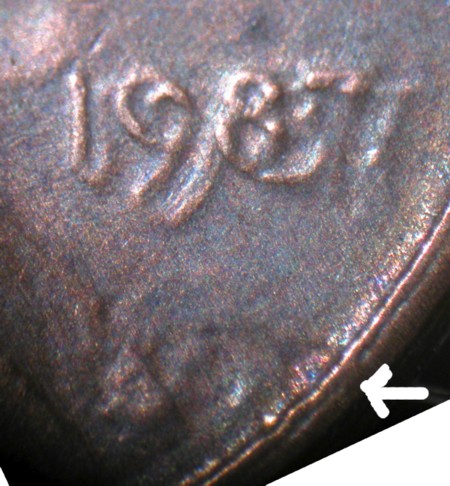
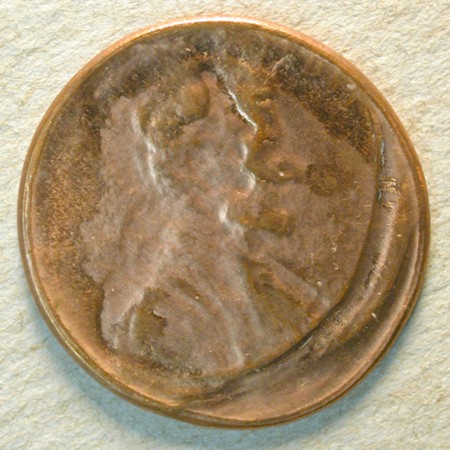
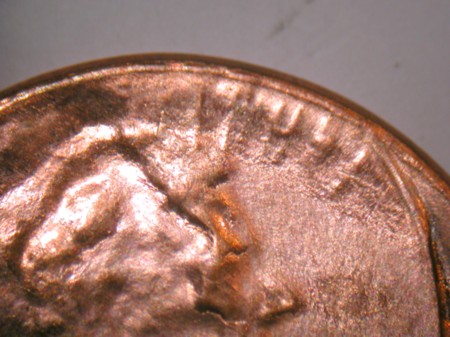
This broadstruck cent was struck through a late-stage die cap that fell off the obverse (hammer) die and shifted to the northwest. A crescentic “zone of collapse” is located in the southeast quadrant. When the cap was crushed into the planchet represented by this coin, it left a behind a normally-oriented incuse bust of Lincoln. That much is to be expected. What was unanticipated is the wholesale duplication of the word TRUST beneath the normal TRUST (the latter blurred from having been struck through the floor of the die cap. Once again the direction of the raised doubling (SSW) and the distance between the two words is totally unrelated to the direction and distance of travel of the die cap.
The massively broadstruck cent shown below was struck through a shifted, late-stage die cap. The die cap shifted to the southeast before it was struck into the planchet represented by this coin. The bottom of the die cap left an enlarged, normally-oriented incuse bust on Lincoln in the southeast quadrant. A broad zone of collapse is seen hugging the back of the raised bust of Lincoln. That raised bust is the normal “ghost image” that bled through the thin floor of the cap from the obverse die. Close raised doubling is seen in Lincoln’s face.
Perhaps the most peculiar feature of this coin is the nearly centered, first-strike brockage of the reverse design. As far as we know, such impression could only have been left by a normal (or nearly normal) cent. That cent would have had to lie above or beneath the shifted cap. But this presents and insuperable problem. If the cent had been interposed between the obverse (hammer) die and the shifted cap, this should have prevented the appearance of a raised ghost image. And if the cent had been interposed between the planchet and the shifted cap, it should have prevented formation of both the raised ghost image and the normally-oriented incuse image. Evidently, something very odd transpired here.
A more detailed discussion of these specimens can be found in the June 9, 2012 Coin World.
